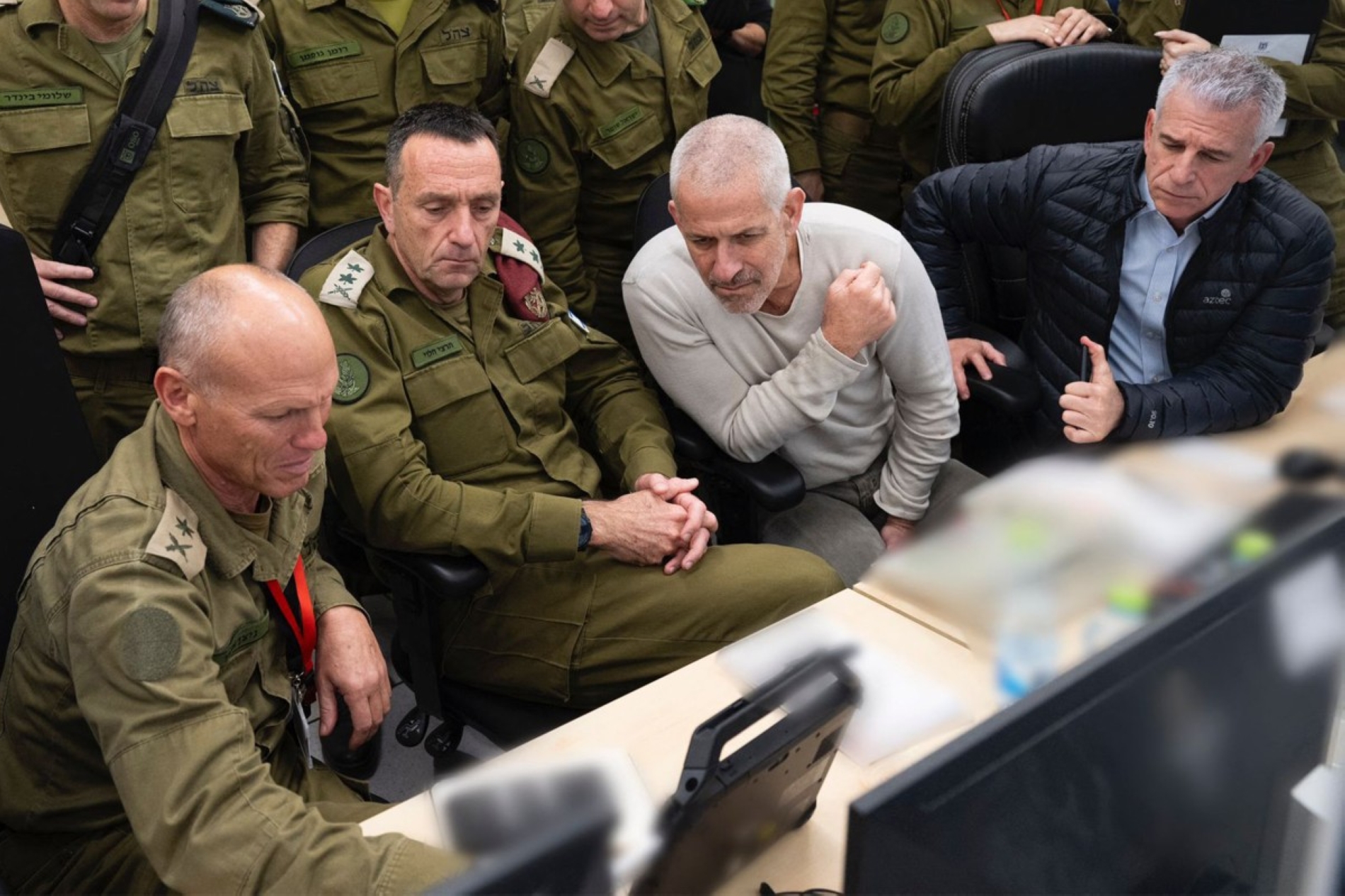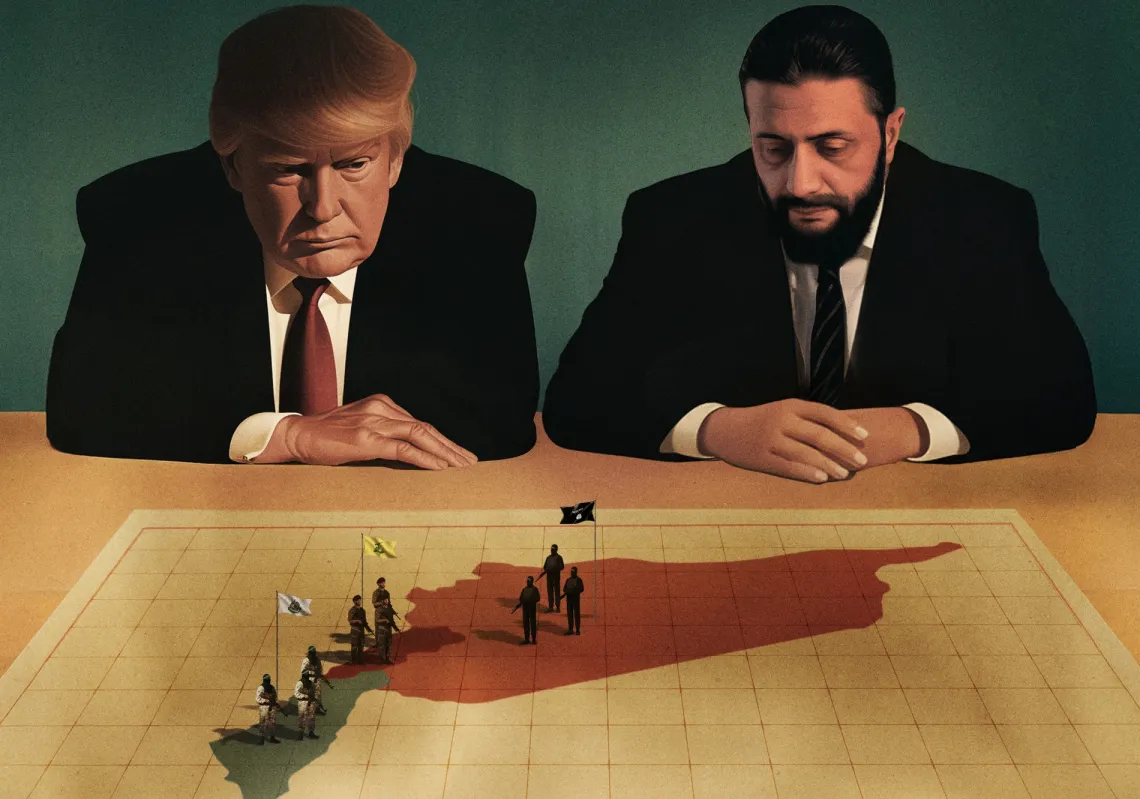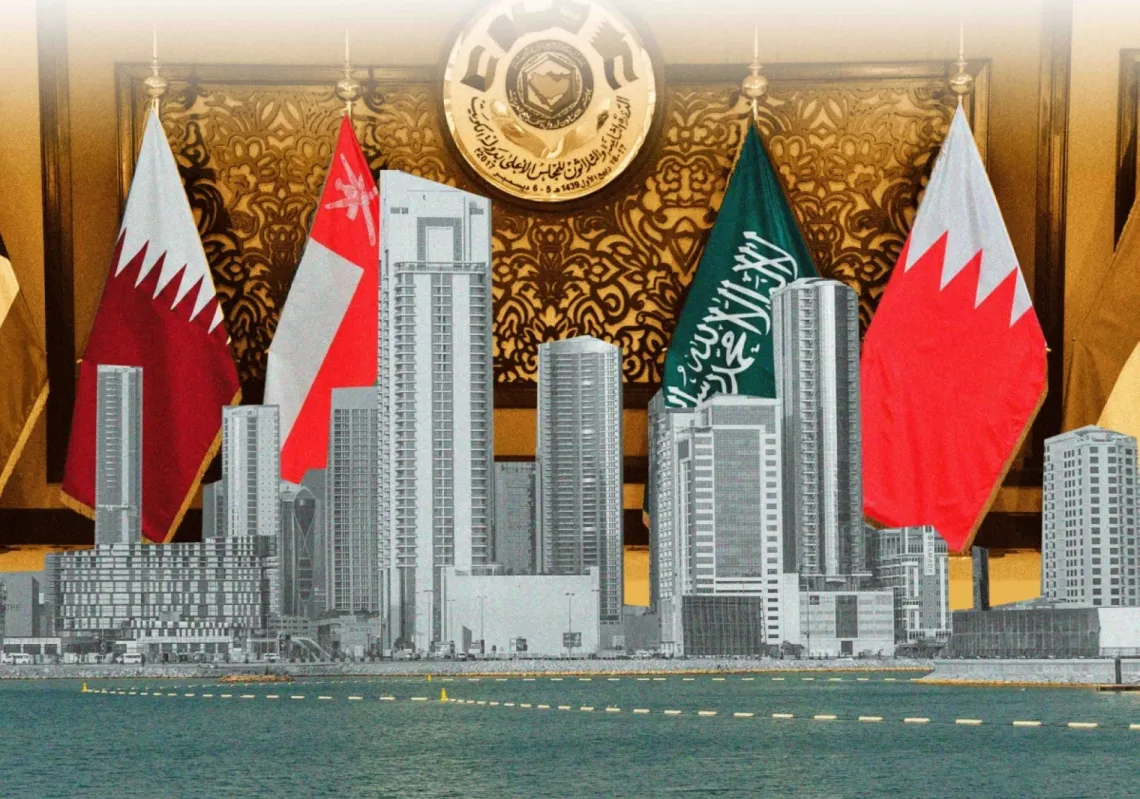In the early hours of 13 June, Israel launched one of the most ambitious and meticulously planned operations in its modern history—an unprecedented strike deep into Iranian territory that was the result of years, if not decades, of intelligence gathering, infiltration, and strategic deception. Far from a spontaneous attack, the operation comprised vast networks of operatives, multiple layers of subterfuge and deceit, and an operational discipline that reflects Israel’s long-standing reputation for intelligence excellence.
The intelligence operation hinged on three critical objectives: first, to identify and designate the highest-priority targets for immediate “neutralisation” in the opening hour; second, to anticipate and disrupt Iran’s ability to retaliate with mass missile barrages; and third, to convince Tehran that Israel was bluffing right up to the moment of impact.
In all three, Israel pulled off a near-flawless execution. Even seasoned Israeli planners were reportedly taken aback by the scope of the success. An attack that was expected to unleash a storm of up to 1,000 Iranian missiles in multiple barrages instead saw Iran muster only a fraction—100 to 200—giving Israel a vital window of operational dominance in the critical first 24 hours.
Over the past years, Israeli operatives have been able to come up with a clear picture not only of Iran’s nuclear programme, but also of a secretive “weaponisation” programme that was known only to a tight-knit circle within Iran.
While Iran’s enrichment programme, aimed at producing weapons-grade uranium, was being monitored, the weaponisation programme, led by a cell dubbed the “weapons group”, focused on the last piece of the puzzle: testing and mounting a nuclear device onto a delivery mechanism (a missile). As Iran’s stockpile of enriched uranium kept growing, the time needed to enrich uranium at weapons-grade kept getting shorter and shorter.
In 2023, Iran was already deemed to be just a few weeks away from having enough uranium to build multiple bombs. Early in the same year, an incident occurred in which traces of more than 80%-enriched uranium were detected, further raising alarms. This likely pushed Israel to shift focus on the other leg of Iran’s programme (one that is not under international scrutiny), namely its weaponisation programme.
Here again, echoes of Iran’s attempt at making sure it could swiftly build a bomb could be picked up in the media. Unbeknownst to most of the senior leadership in Iran, a cell involved in Iran’s first effort at weaponising a bomb was working again. In 2023, reports in Israeli media already emerged suggesting Iran was trying to acquire specific components, such as detonators used to trigger a nuclear bomb. In June last year, a report by Axios revealed that the US had picked up signs that Iran may be using computer models to narrow the pathway to a bomb.

These concerns emerged again, in late October last year, when Israel launched retaliatory strikes against Iran after the Islamic Republic launched a new wave of missiles. During that strike, Israel hit a facility within the secretive Parchin complex near Tehran. The facility, which had been used to test nuclear detonators in the past, was thought to be inactive, and some speculated Israel was simply sending a warning to Iran.
However, other sources suggested that what Israel had struck was in fact an active facility, which had been used by the “weapons group” to carry out renewed testing on a detonator, amongst others. Even more recently, after the 13 June attack— though this has not been confirmed—rumours also circulated that an attempt to obtain specific elements that would be part of the casing of a nuclear weapon may have been part of the reasons why Israel decided it needed to strike.
Neutralising Iran's rapid response capabilities
Years of infiltrations of Iran’s security apparatus have helped Israel understand how Iran would respond to an attack, and avoid a retaliation that could have cost hundreds of Israeli lives on the first day, or even neutralise Israel’s ability to continue striking Iran.
Iran has maintained a high-readiness missile force that would be able to strike back at Israel with mass barrages of missiles. The goal of those strikes was not solely to damage the Israeli home front, but to potentially disable Israeli air bases. One key scenario Israel has faced, when considering a strike against Iran, is the possibility that the jets that would participate in the first wave of attacks would not be able to land back at their home bases, due to massive projectile attacks by Iran and its allies.
One of the main elements behind this Iranian strategy had been disabled before the strike even started: Hezbollah’s more than 100,000 rockets (before October 7), as well as its more limited stockpile of precision-guided missiles, would serve to hit Israel, in the event that it attacked Iran. With Hezbollah out of the picture, this gave Israel far more leeway to take the initiative, but Iran still maintained its own ability to carry out attacks, either against the air base or (as it is currently doing) against the Israeli home front.

A first devastating strike would be compounded by the effect of surprise on the Israeli home front itself: Israelis were not aware of the coming attack. Though a siren sounded at around 3:30 am on 13 June, to warn of possible Iranian barrages, many Israelis may not necessarily understand that this one was different since the Yemen-based Houthis have been regularly firing missiles at Israel during the night.
Neutralising Iran’s “rapid response” missile capabilities was, thus, critical. The Israeli military and intelligence apparatus did so in two ways. The first entailed targeting specific individuals in charge of the missile force who could give the order. To do so, Israel appears to have targeted a specific meeting of the Islamic Revolutionary Guard Corps’ (IRGC) Aerospace Force. The meeting, which took place in an underground “missile base”, may have been prompted by the Israeli Mossad, using undisclosed means that convinced Iran’s top brass of the need to meet.
During the strike, the head of the force, Amir-Ali Hajizadeh, was killed, and so were members of his staff, who would have been able to order the strike. At around the same time, Israel also struck the launchers themselves, to make sure Iran would not have the assets needed to launch a barrage of missiles.
By killing those taking decisions, when it comes to restructuring Iran’s missile arsenal for instance, and the main launchers to be used in the first wave of retaliatory strike, Israel appears to have bought itself almost a day of relative quiet, with Iran only being able to launch drones—slow moving targets that Israeli aircraft (jets and helicopters) can pick off over the long way between Israel and Iran.
Still, the wave of targeted assassinations was also a major challenge on the intelligence side. If one failed, targeted individuals would likely go to safe places that would be out of reach of the first wave of attackers (aircraft and ground cells). Israel needed to determine the positions of all primary targets to be hit during the first wave of attacks.
This included top-tier military staff, such as Brigadier General Hajizadeh, the head of the Iranian military; General Mohammad Bagheri, the head of the IRGC; General Hossein Salami, the head of Iran’s operations HQ (Khatam al-Anbiya Central HQ); and General Gholam Ali Rashid. It also included nine key scientists involved in the “Weapons Group”, who were critical to the Iranian nuclear programme, and possibly a trove of documents that included details of Iran’s secret weaponisation programme.

This dictated the order and priorities for the entire operation. If, for instance, Israel had first struck nuclear installations, this would likely have prompted a relocation of all key personnel within the next hour. Instead, Israel chose first to pick off individuals, as well as a set of fixed and movable targets, the destruction of which would facilitate further operations.
It does appear that Israel had also an idea of where individuals would go if security were compromised: In the following days, Israel struck a secret “emergency” facility where part of the Iranian staff had relocated, killing Ali Shamdani, the general who replaced Iran’s head of operations, General Gholam Ali Rashid. But this strike would deviate from other targets, and this has a cost, when airplanes have to cross more than 1,500 km between their targets and home bases.
The prioritisation was the result of years of painstaking intelligence work that finally paid off, but could easily have gone sideways, whether due to operational surprises or because Iran was tipped off to Israel’s intentions. Luckily for Israel, this did not happen.

















